- Francis Rossi & Rick Parfitt
- Tom Morello
- Brad Paisley
- Jonny Greenwood
- Peter “Danish Pete” Honoré
- Jim Root
- Keith Richards
Created by Fender in the early ’50s, the Telecaster is a highly-recognisable instrument that has played a huge role in the formation of contemporary music. With its elegant looks and twangy-sounding single-coil pickups, the iconic Fender Tele is a common weapon of choice amongst guitar players.
In fact, some of the biggest names in the industry have relied on the Telecaster’s distinctive voice to create their own “sounds”. And we’ve shortlisted seven (well, techically eight) of our favourite guitarists that use them to their fullest!
Francis Rossi & Rick Parfitt
Status Quo
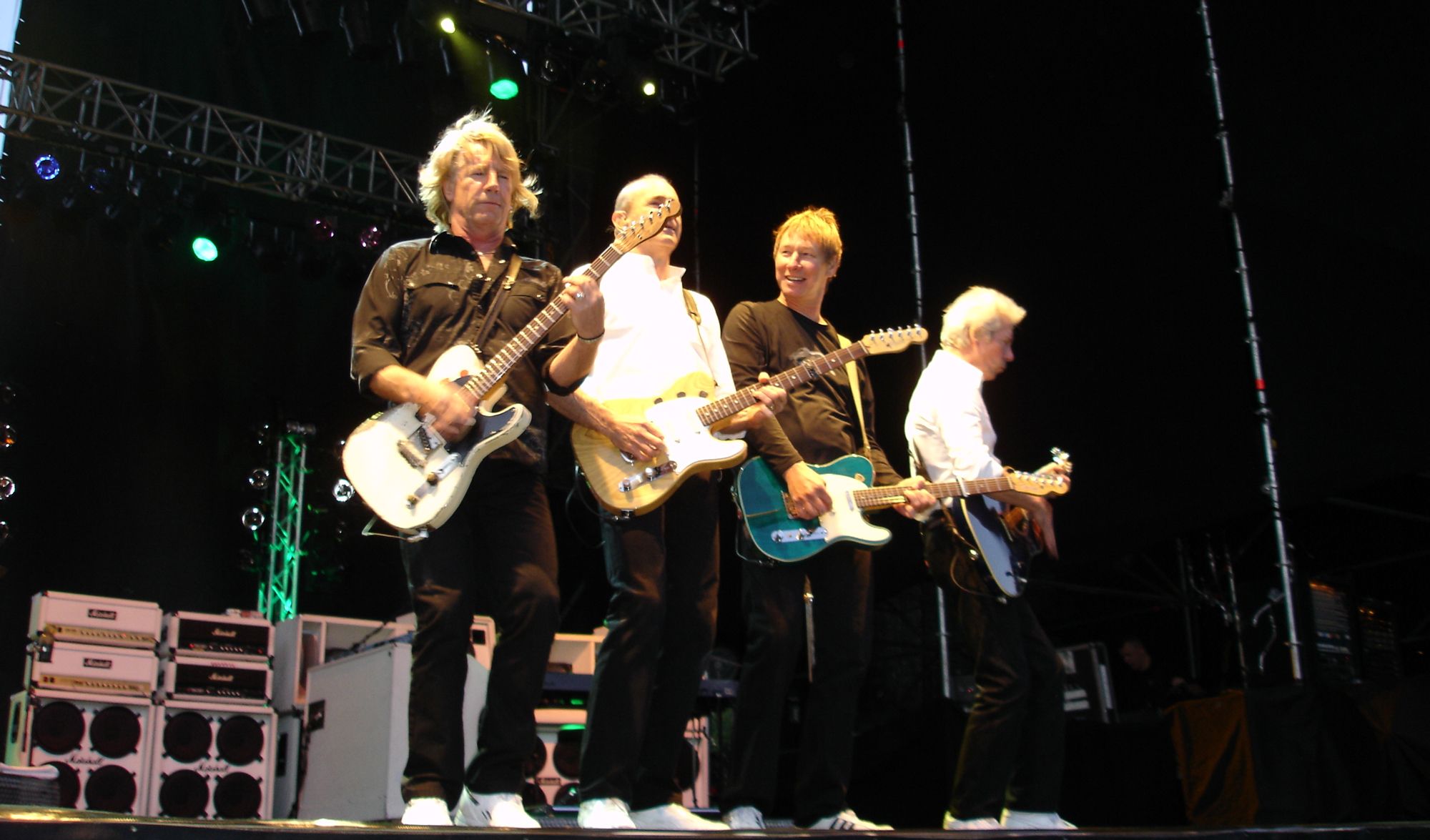
Francis Rossi and Rick Parfitt; has there ever been a more iconic guitar duo? Okay, there probably has – but these two legendary English gentlemen are often cited as the godfathers of boogie rock, through their work with Status Quo. Known predominantly for their upbeat, power-chord driven playing; Rossi and Parfitt have inspired future generations with their simple yet effective approach to the guitar.
Guitars
It’s an all-Tele affair when it comes to Rossi and Parfitt. Francis is synonymous with his heavily-modified 1957 Fender Telecaster, which he famously re-finished with green furniture paint. With the back half of its bridge plate cut off and replaced with a G&L Saddle-Lock bridge, this beaten-up instrument also boasts a trio of Lace Sensor single-coils; akin to a ’90s Strat Plus. The Fender Nashville Telecaster is the closest thing that you can buy, or you could just imitate Rossi and customise any Telecaster to within an inch of its life!
Parfitt, who sadly passed away in 2016, also had a long-serving Tele that he was rarely seen without. A white and well-worn 1960 model, Parfitt’s Telecaster was modified in a similar way to Rossi’s, with its bridge plate cut in two and the saddles replaced with a wraparound Gibson-style tailpiece. The pickups were believed to be stock, and as Quo’s rhythm guitarist he often used the bridge pickup only. Any Tele with vintage-voiced pickups and a Rosewood fingerboard will convincingly emulate Parfitt’s sound.
Amps
Francis and Rick have both used a mix of Vox AC30 and Marshall JCM800 amps throughout their careers. Forging their signature British sound, these amps are typically cranked to their fullest in order to achieve a natural-sounding overdrive. If you’ve ever been to a Status Quo show, you’ll know just how loud they are!
If you’re looking for an affordable and perhaps smaller alternative, a Marshall DSL or Studio series amp will do the trick. However, if you’d prefer to take the Vox route, there are inexpensive valve-powered versions of AC15 amps available.
Effects
As you’d expect with a bonafide, bluesy rock ‘n’ roll band like Status Quo; effects are rare. Rossi and Parfitt certainly aren’t and weren’t pedal fanatics; using rack-mounted Roland GP-8 multi-fx units instead of single pedals.
Rossi uses different overdrive patches depending on the song, and also employs a doubling effect with some echo. He uses this patch for the lead parts in “Rockin’ All Over The World” (Rockin’ All Over The World – 1977) when performing live, to emulate the double-tracked guitar sound achieved in the studio. In their Sound Like Status Quo video, Rabea and Matt used a TC Electronic Mimiq pedal to achieve a similar effect.
Parfitt also used the GP-8’s overdrive sounds to push his amps harder, and would occasionally embellish some of his tones with modulation. The intro of “Whatever You Want” (Whatever You Want – 1979) is a good example, with the arpeggiated riff drenched in chorus.



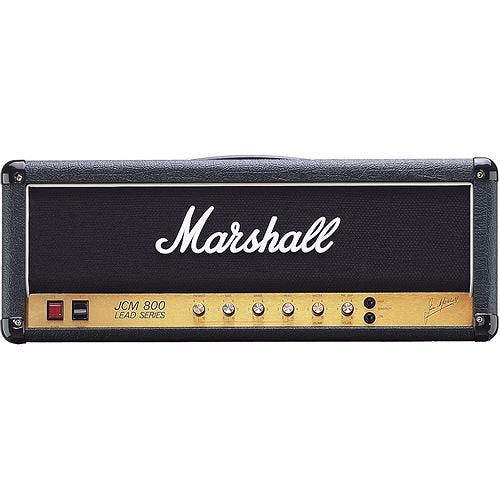



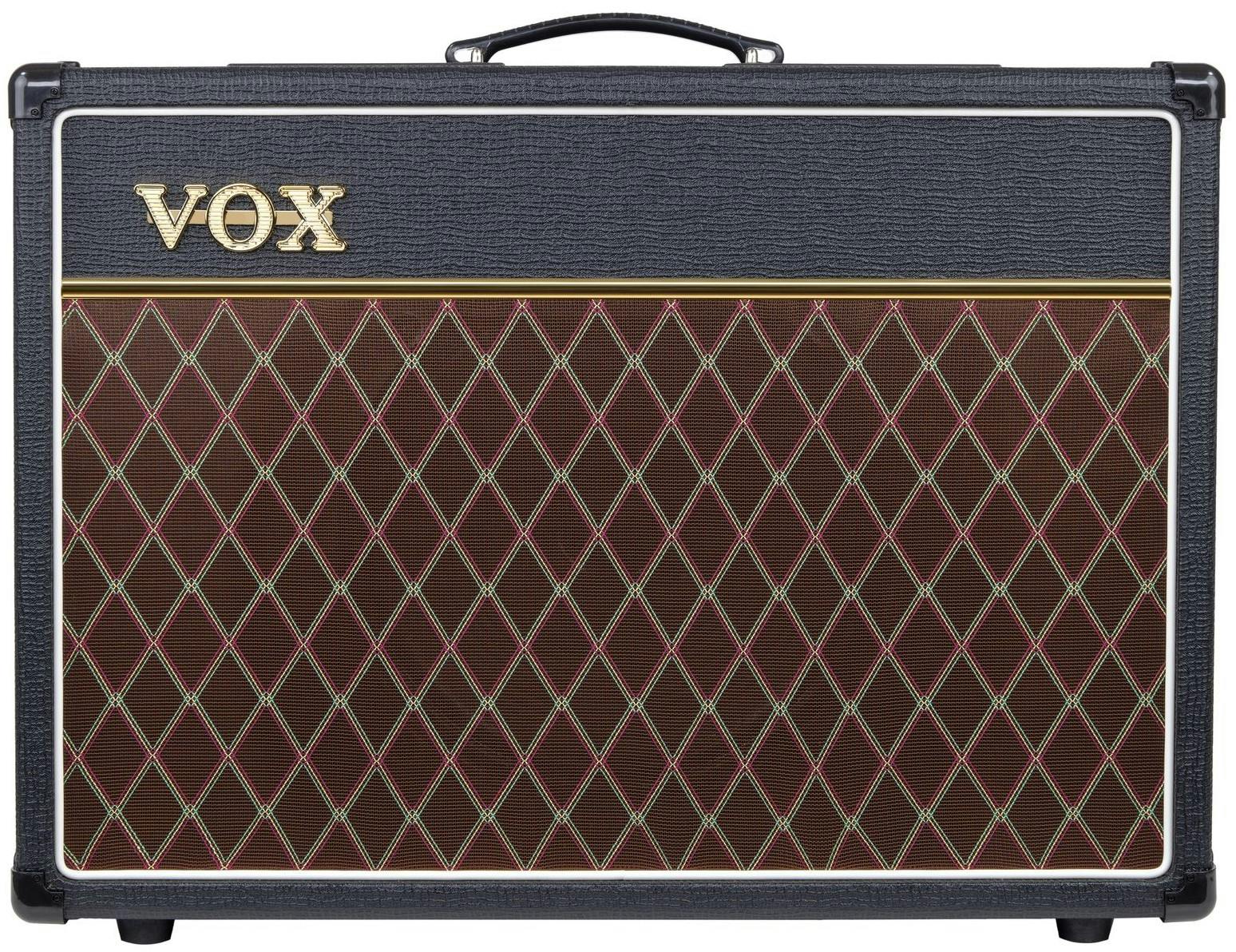
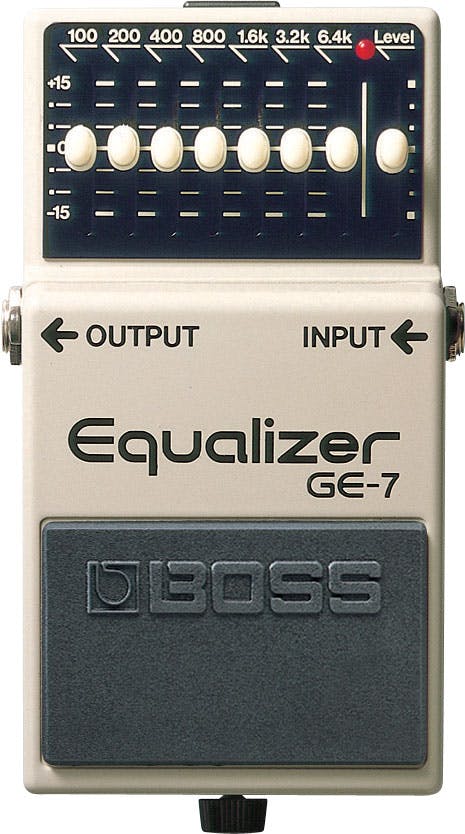


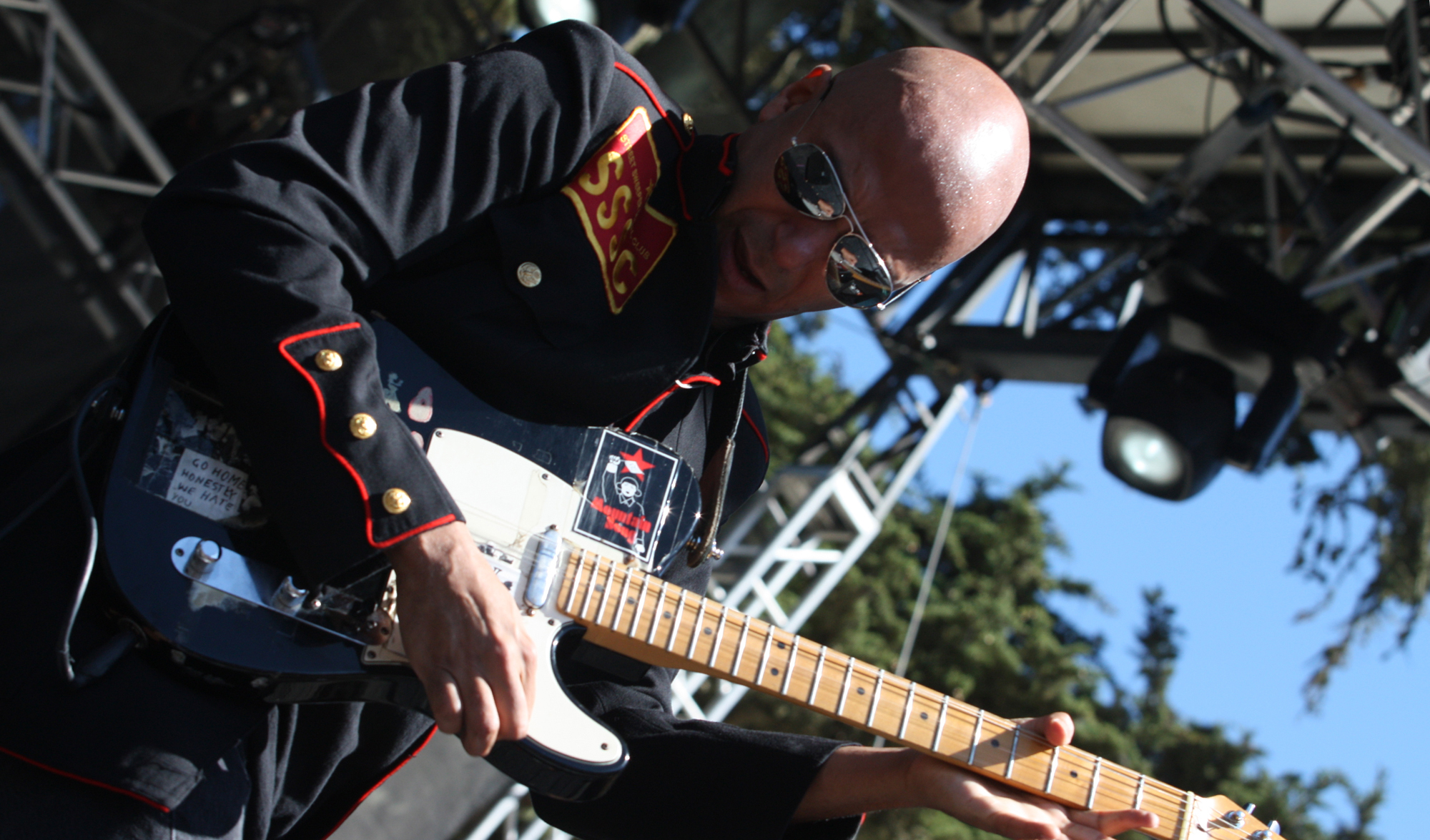

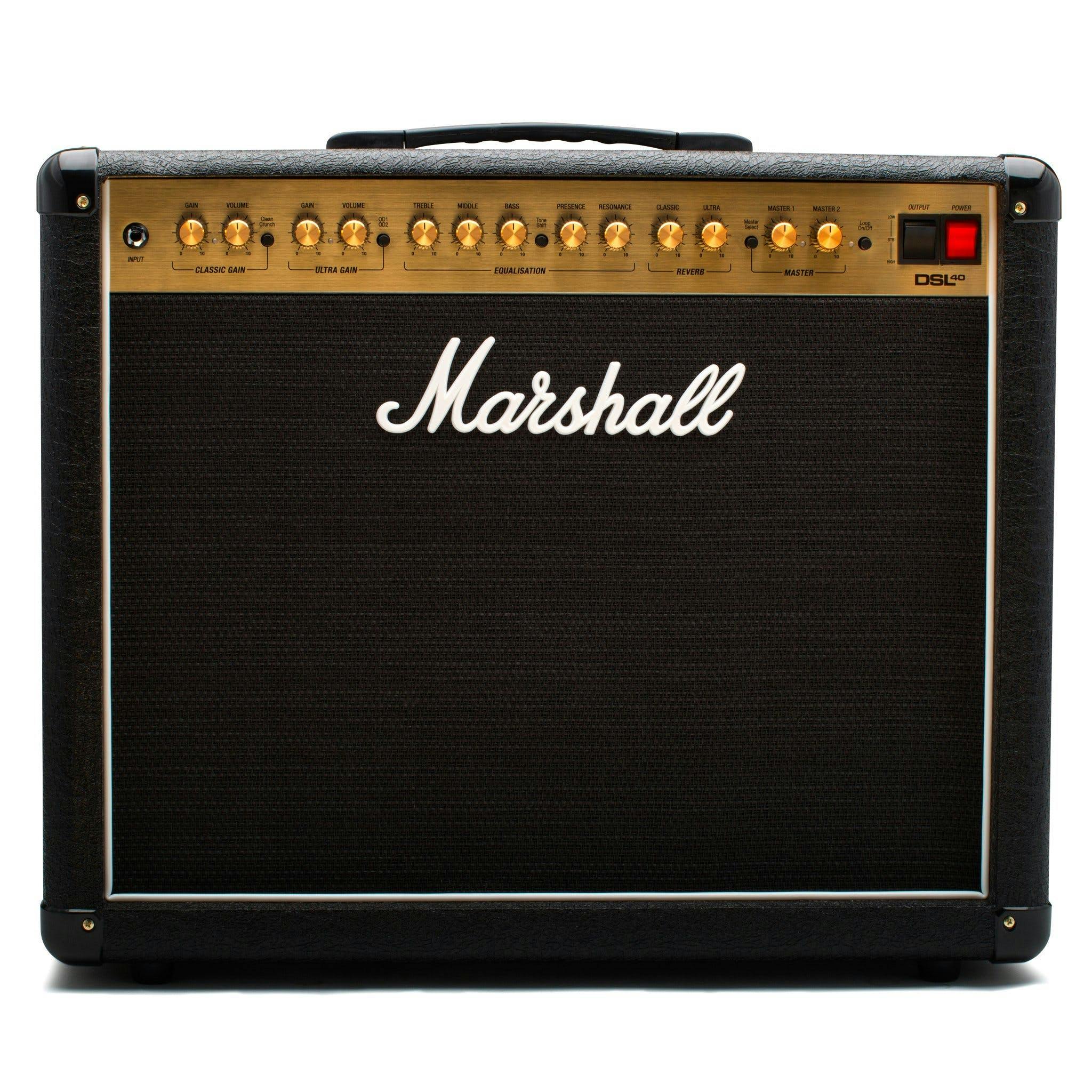

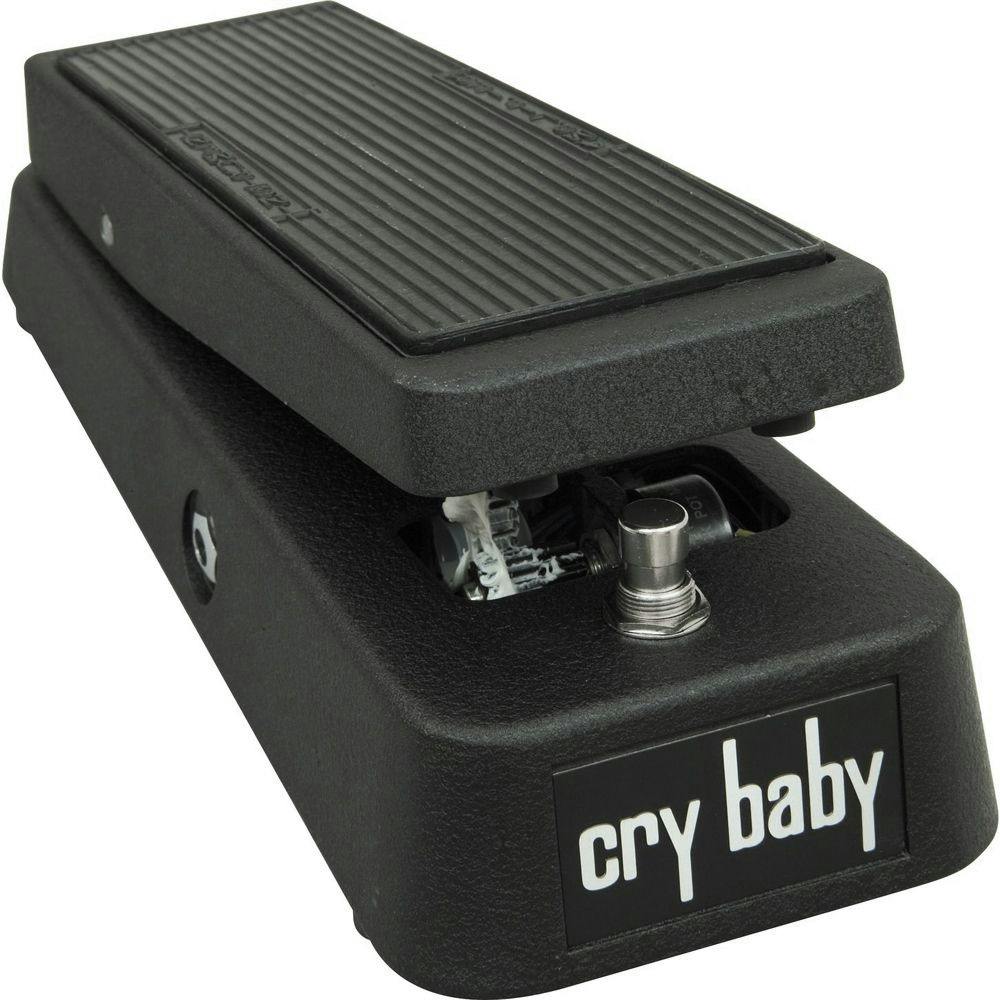
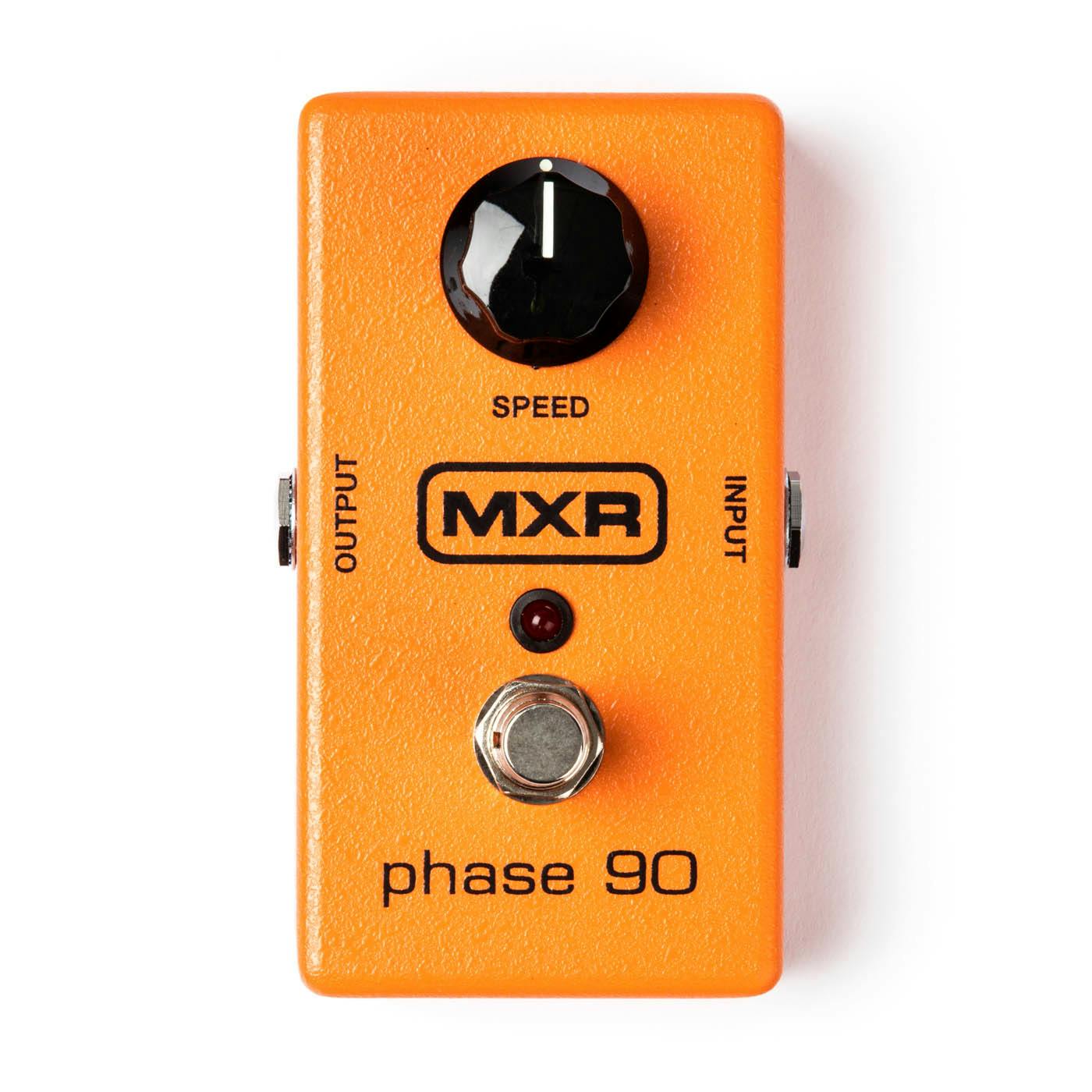

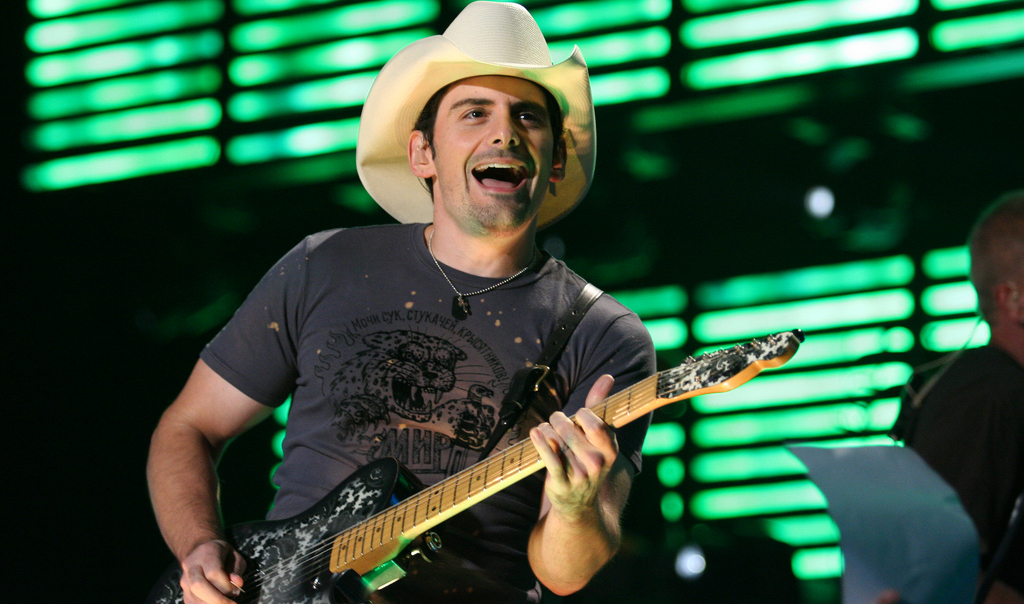




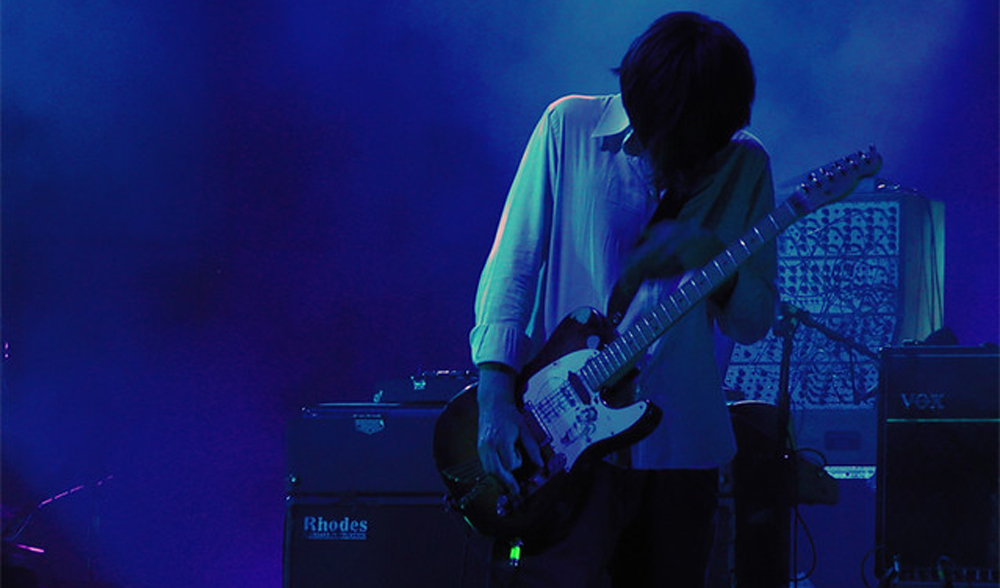
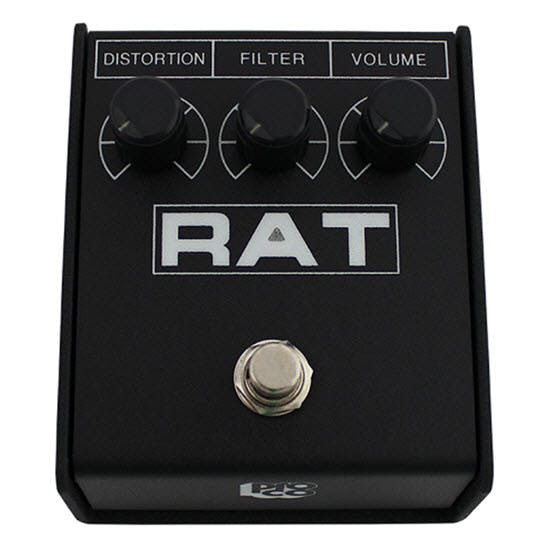
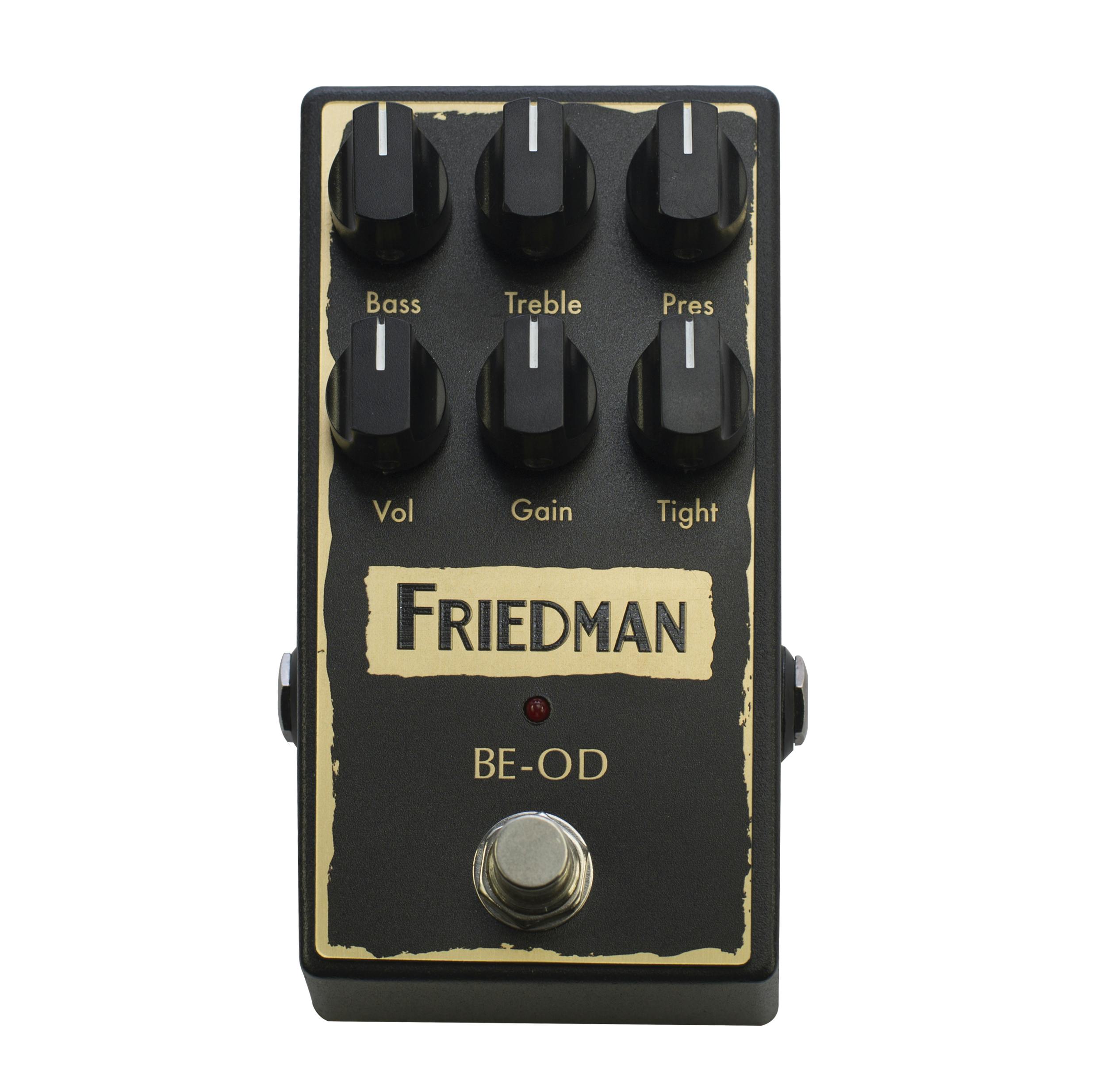

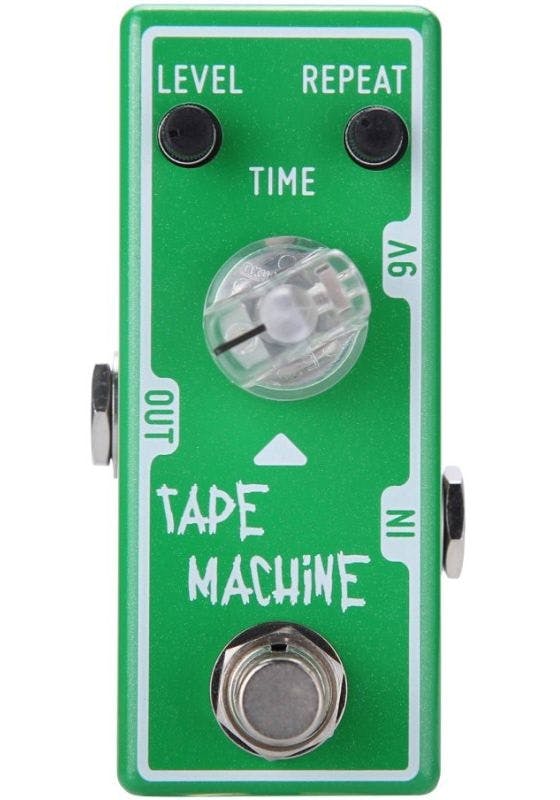
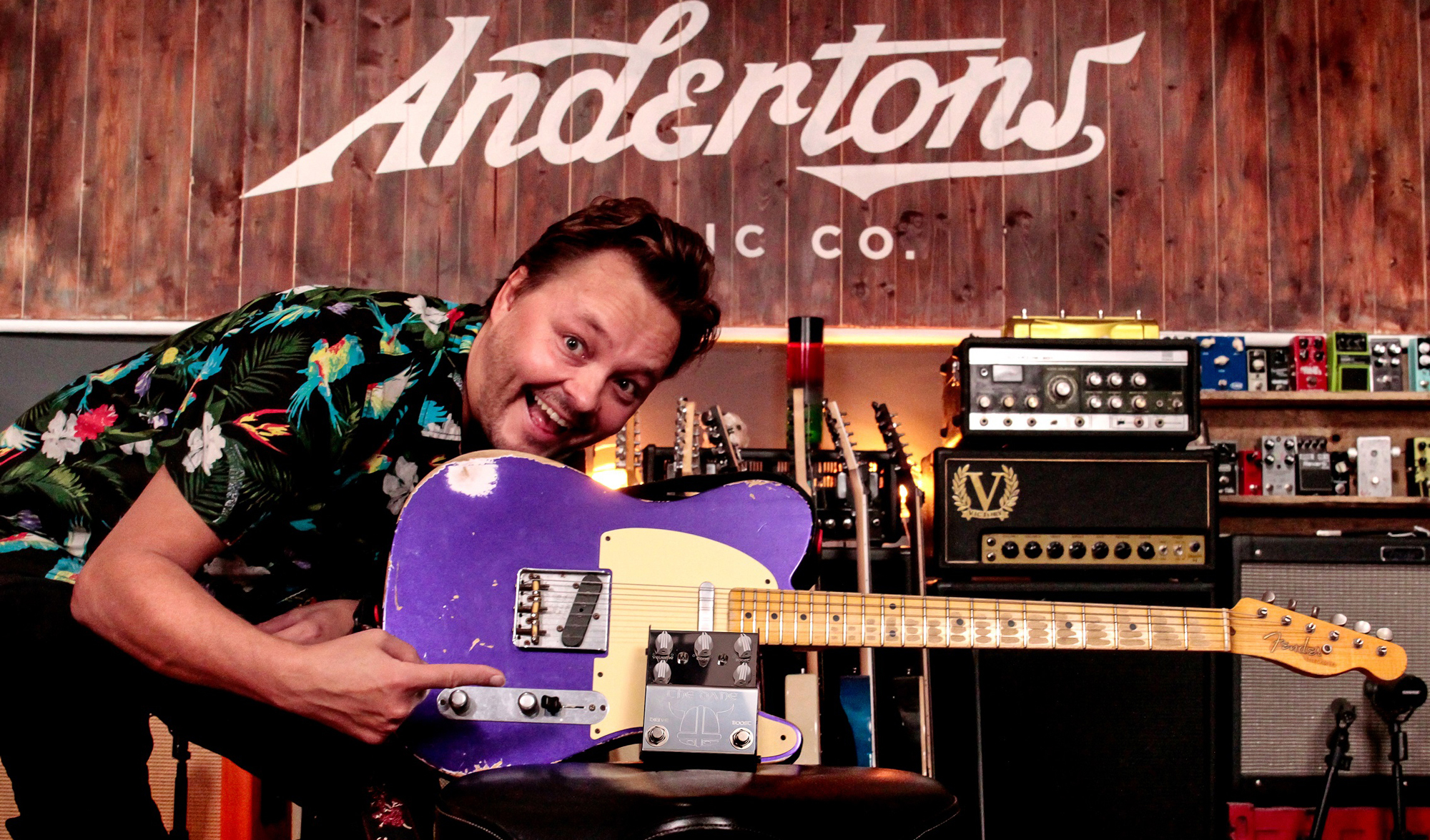

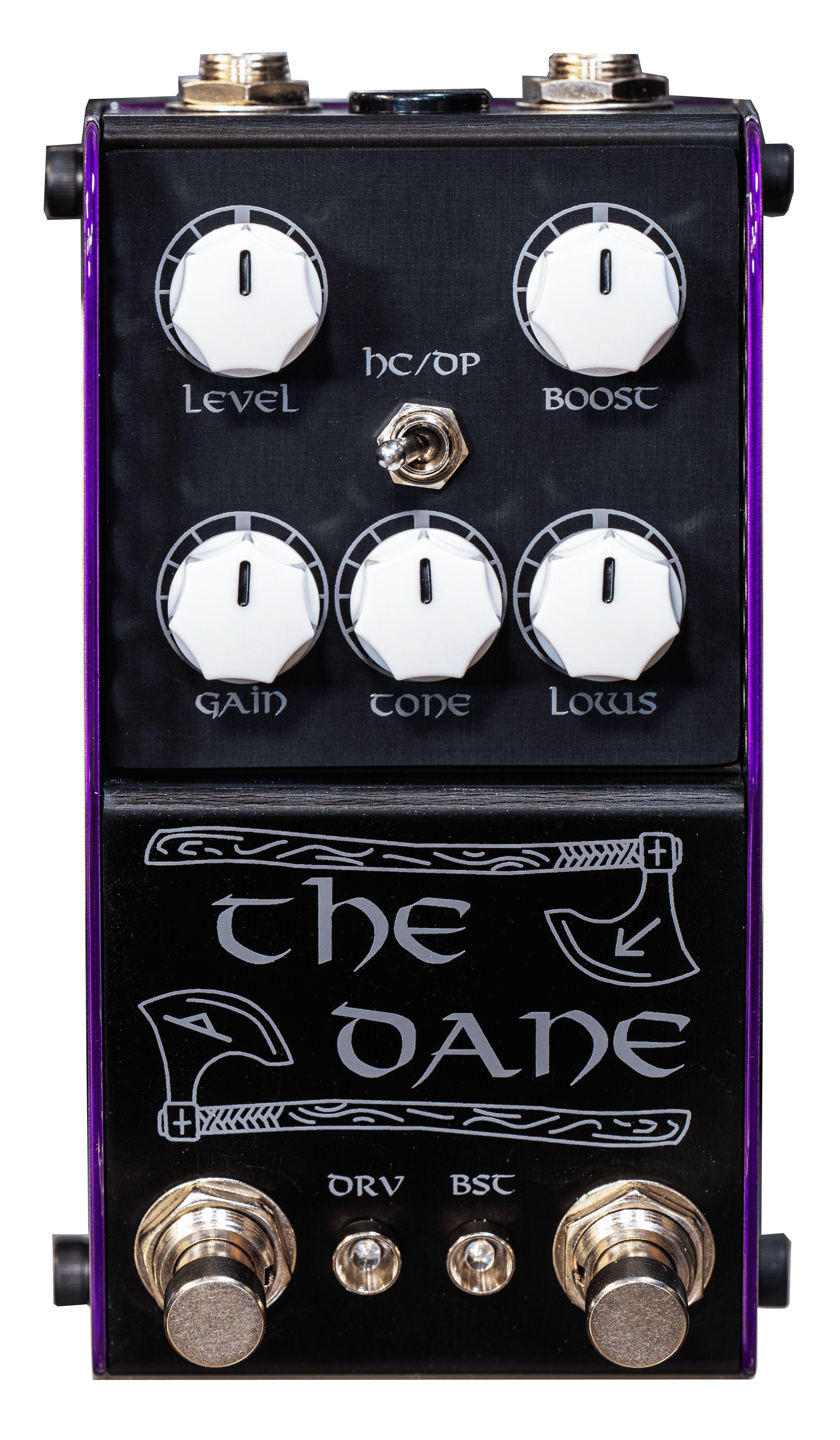

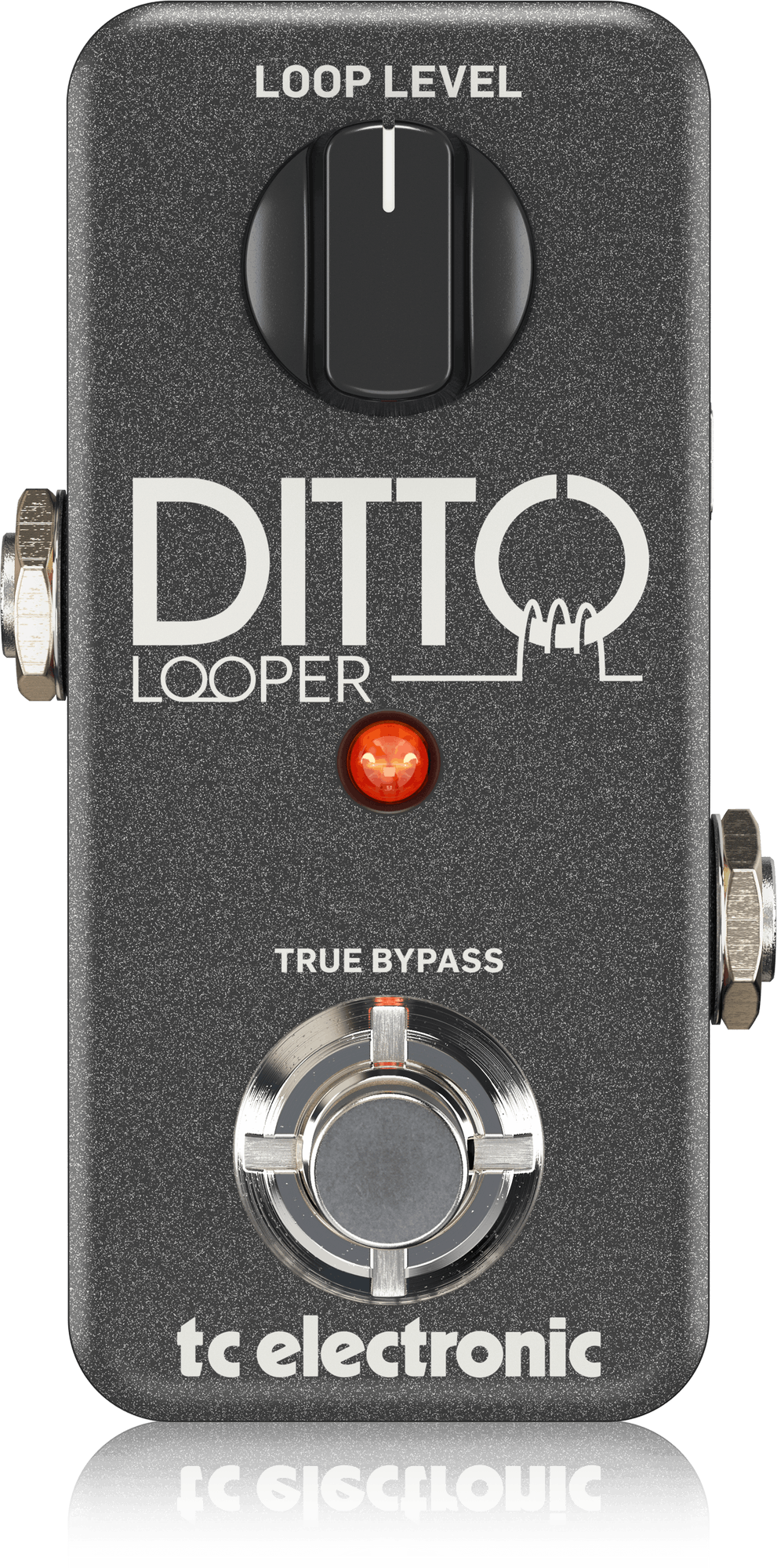
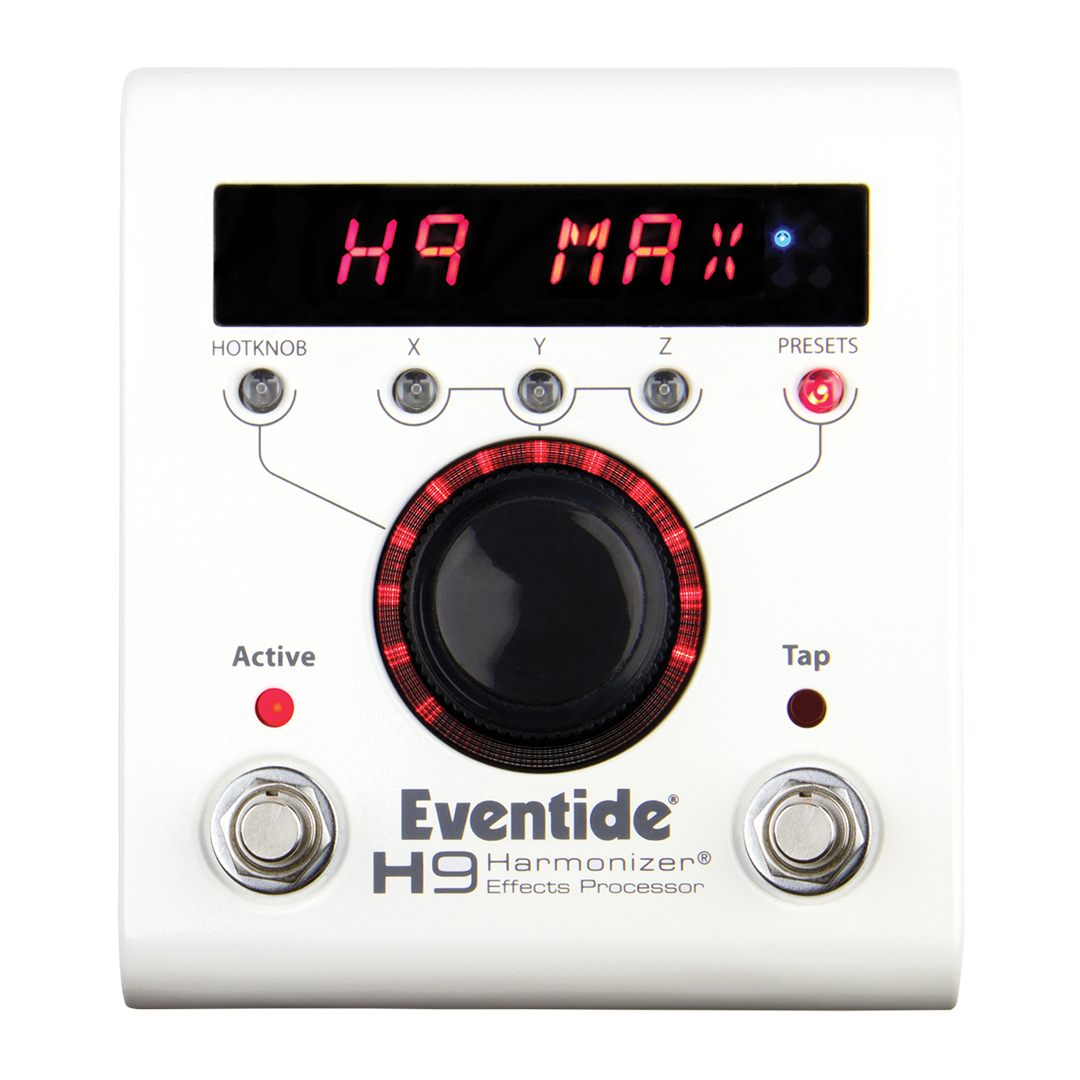
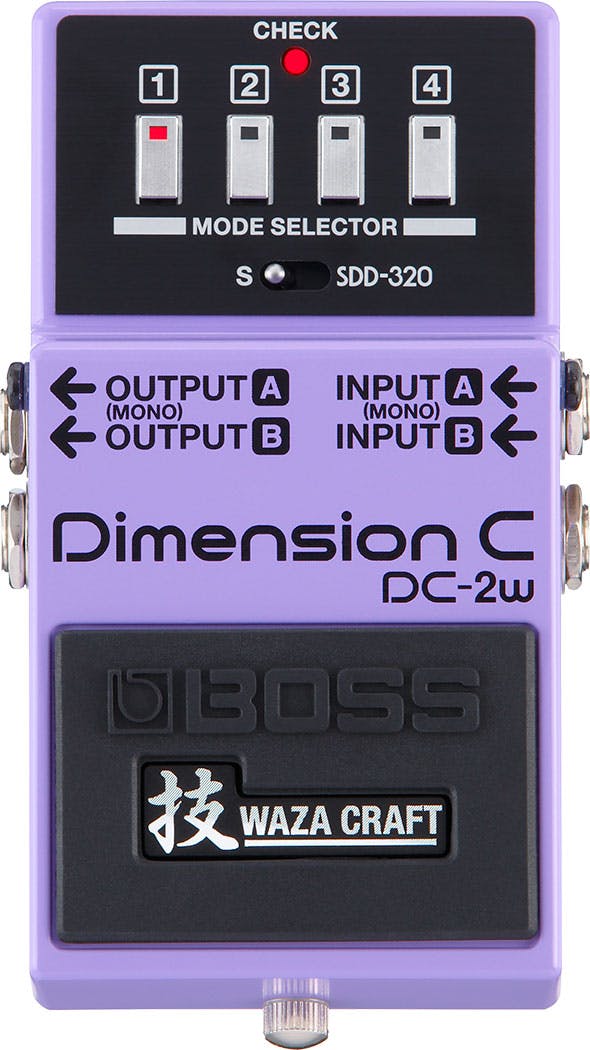
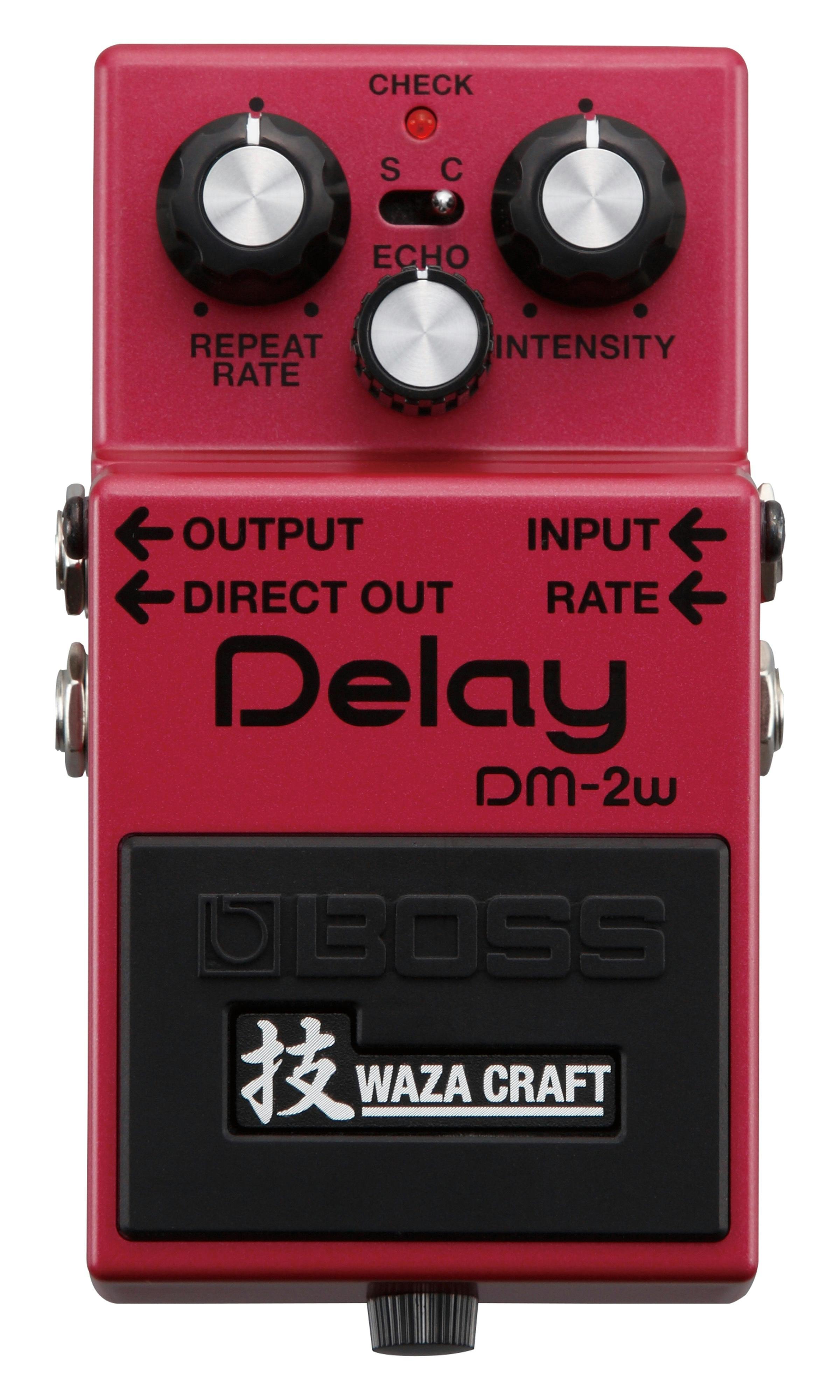
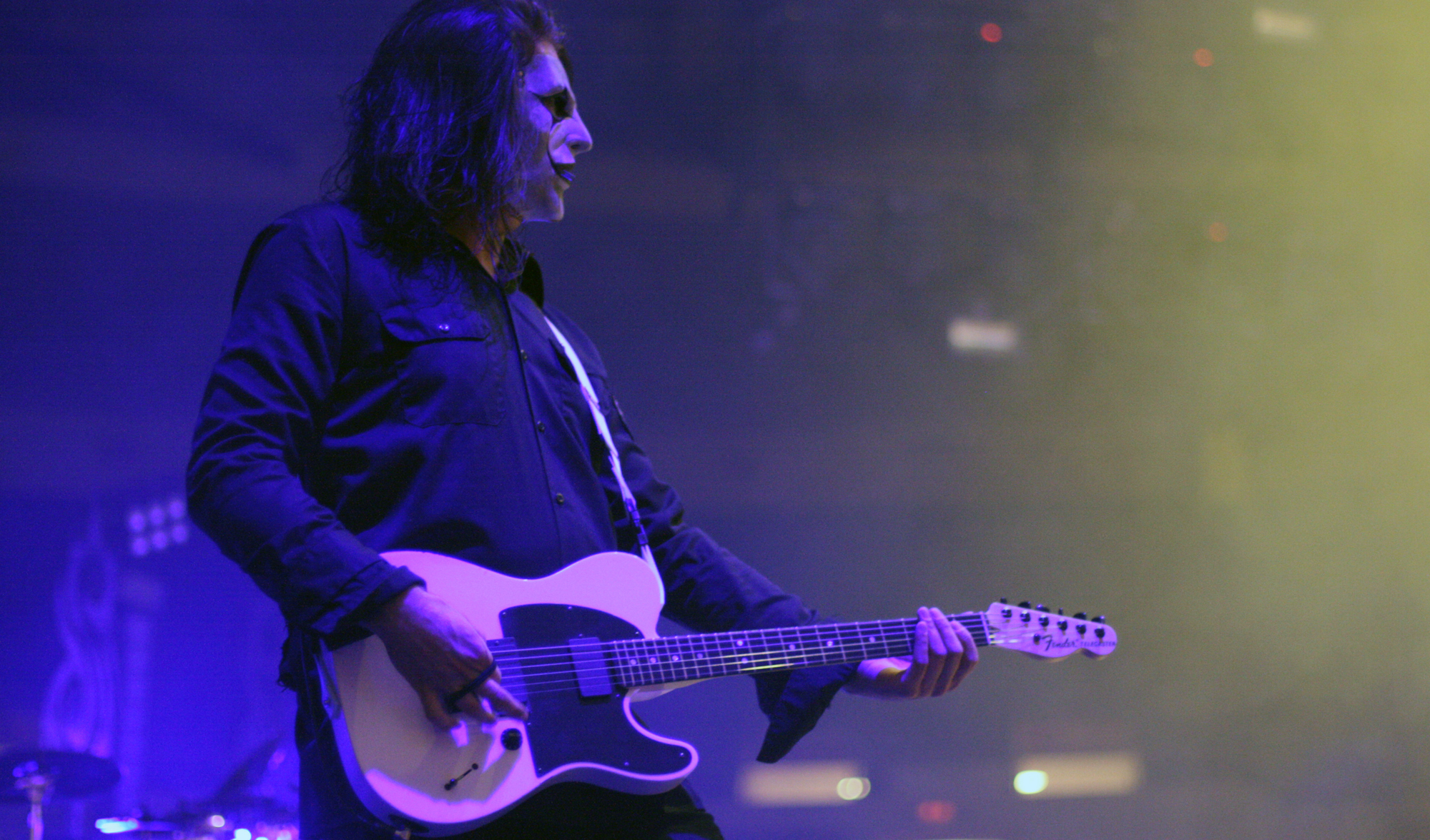

.png?w=400&h=400&&fit=fill&bg=FFFFFF)


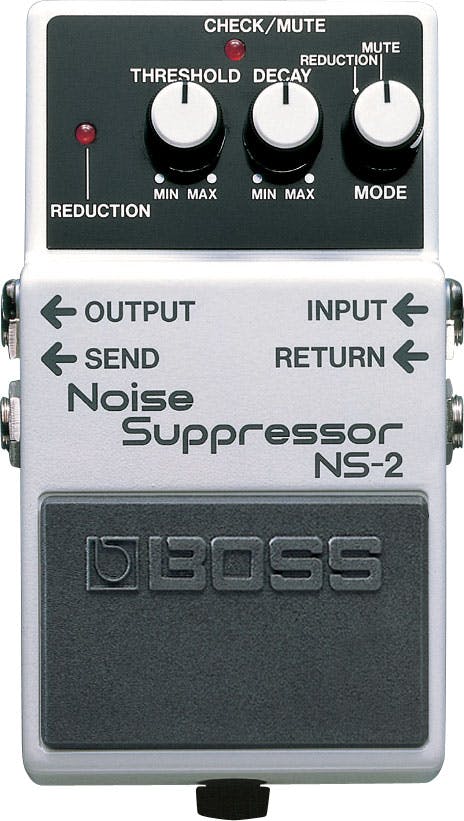
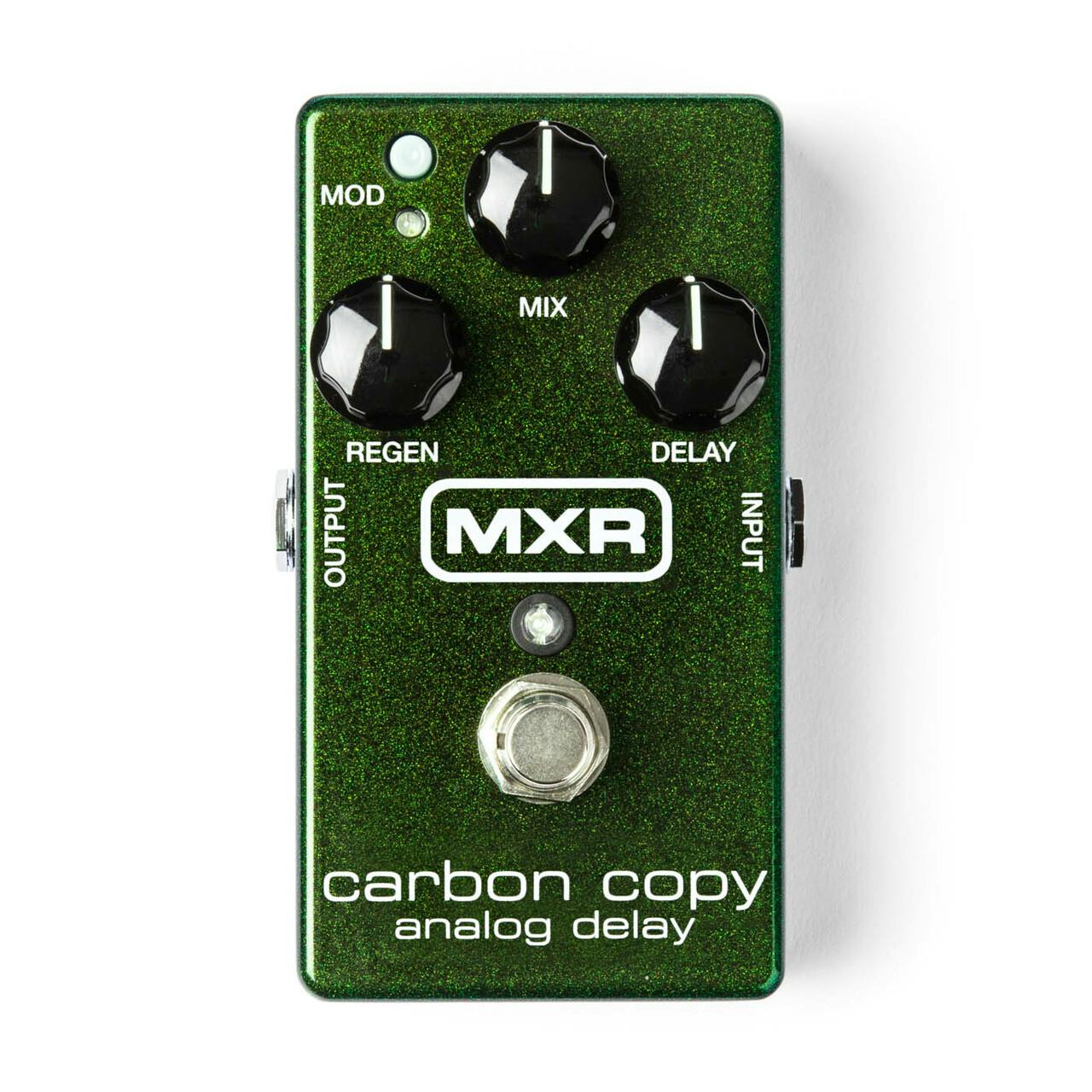
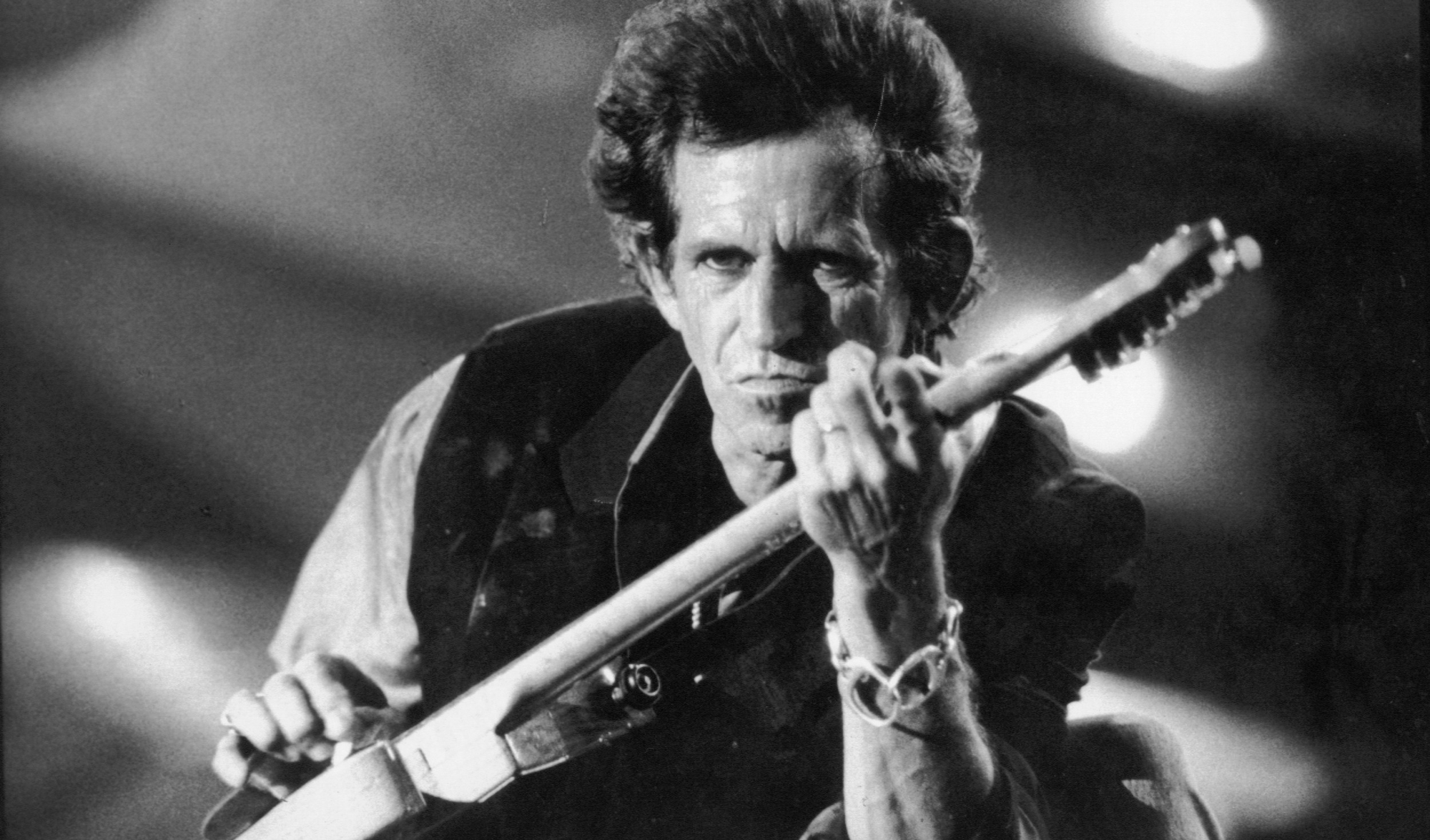






Responses & Questions